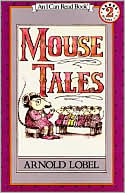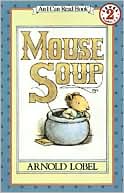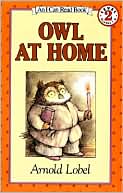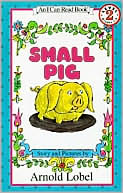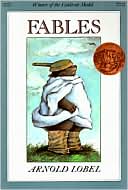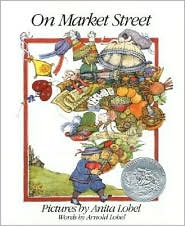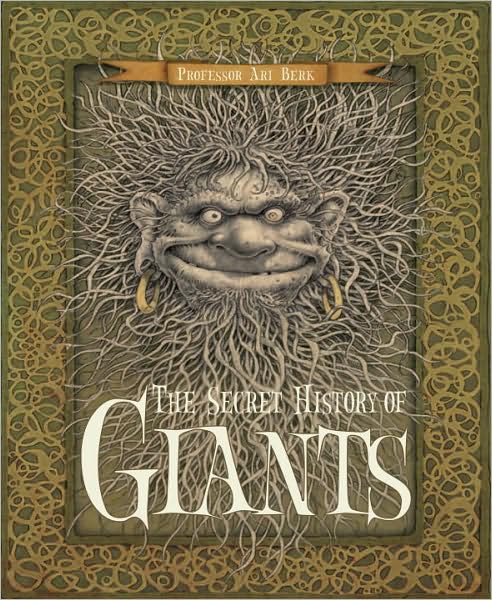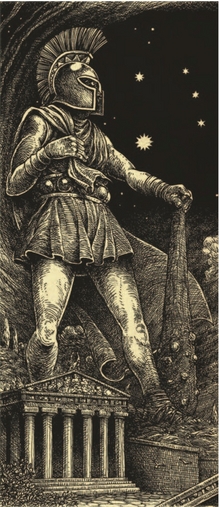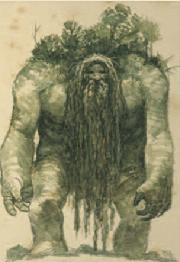I have a confession to make. In addition to the
Berenstein Bears and the unsettling Love You Forever by Robert Munsch, (this link to the blurb about Munsch's book helped me to understand why it disturbs me and why I don't think of it as a book to read to children) I do not like books by Dr Seuss. Not even The Cat in the Hat. That was one malicious, deviant cat and even as a kid he made me uncomfortable. However, as a parent I have found Dr Seuss' books can be useful with children who are in the earliest stages of learning to read and here is why.
Letter recognition and the awareness that different sounds go with each letter is the first step for an emerging reader. Phonological and phonemic awareness, the understanding that language is made up of individual and separate sounds and the ability to notice and work with those sounds, is the next step in reading readiness. This is where Dr Seuss comes in. In a 1954 article for Life magazine detailing the numerous reasons why students weren't learning how to read in school, among them the dismal state of primers filled with "abnormally courteous, unnaturally clean boys and girls," John Hersey asked, "Why should [school primers] not have pictures that widen rather than narrow the associative richness the children give to the words they illustrate - drawings like those of the wonderfully imaginative geniuses among children's illustrators, Tenniel, Howard Pyle and Theodore S. Geisel." By the time this article was written Seuss had already published fourteen books including two Caldecott Honor winners, Horton Hears a Who and How the Grinch Stole Christmas. Rising to the challenge to create a entertaining picture book that also had the qualities of a school primer, Geisel was given 400 words (known as sight words today) his publisher thought children were learning in school. He then wove 236 of them into a rhyming story, 33 of which occur twice and only one with more than two syllables. While Geisel's original idea was to write an entertaining story using sight words, the bulk of his books are filled with rhyming, often nonsensical words with equally ludicrous characters and plots, if you could call them plots. I realize that Seuss is beloved my millions, and I while like some of the books he wrote before The Cat in the Hat, like his first book, And to Think That I Saw it on Mulberry Street, I get tired of the made up words and characters pretty quickly. However, Hop on Pop is one great book for phonemes -the smallest parts of language that combine to make words. (/h/o/p/) are phonemes that combine to make the word "hop," and by changing one letter (or phoneme) you get "pop," "top" and so on. This is how kids learn to read - one three-letter rhyming word at a time!
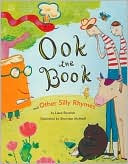
I am happy to announce that there is an alternative to Dr Seuss for those of you who are ready to try something new.
The Ook Book and Other Silly Rhymes is by Lisa Rovetch and illustrated by Shannon McNeill, who's paintings are reminiscent of the works of the great children's illustrators
Giselle Potter and
Sophie Blackall. This book has fourteen poems, each of which has a sound like "ook," and a rhyming word, like "book," as part of the title. "Ake the Snake," "Ug the Bug" and "Ee the Bee," are just a few. While Rovetch uses made up words like Geisel, these words are the roots of all the rhyming words in the poem, serving as the names of the characters in each, and are the only made up words in the poem. The illustrations are bright, colorful and funny and they provide visual clues to the words in the poems. I think this is a great book for new readers and, while it is short, the artwork definitely makes it worth owning - especially if you have more than one child who can benefit from it.
Through my job as story reader at the bookstore where I work, I have found a handful of outstanding picture books with simple text and superb visual cues. Every once in a while I'll have some young listeners at story time who require short, very colorful picture books to keep them entertained. In addition to being good for new listeners, these books are great for new readers! And, always remember the Five Finger Rule: if there are more than five words per page that you child cannot read in the text, the book is too difficult.
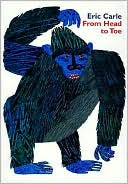
Every book by
Eric Carle has excellent visual appeal, especially, I've noticed, for toddlers. A few of his books are also good for emerging readers. Besides the now classic
Brown Bear, Brown Bear, Polar Bear, Polar Bear, Panda Bear, Panda Bear and the newest, Baby Bear, Baby Bear, all written by Bill Martin Jr, Head to Toe and the Very Hungry Caterpillar are great for their simple text and precise visual cues.
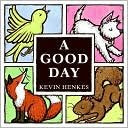
Another fantastically diverse author and illustrator is
Kevin Henkes. You might be familiar with his picture books for slightly older kids like
Lilly's Purple Plastic Purse,
Sheila Rae the Brave and the Caldecott Honor winning
Owen, all of which capture emotional aspects of childhood with a insightful accuracy and a brilliant vocabulary, as well as winning illustrations, but Henkes also has a handful of books that are quieter and gentler and great for new readers. My favorite of them is
A Good Day, which begins with the first line, "It was a bad day..." I just love the fact that the first line of the book sets up the story with a seeming contradiction. Henkes simplifies and brightens his illustration style for this book to tell the stories of five bad days that turn into good days for a bird, a dog, a fox, a squirrel and a little girl. Henkes' other books that might be good for early readers are the Caldecott Honor winning,
Kitten's First Full Moon and his newest picture book,
Old Bear.
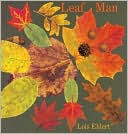

Lois Ehlert is also an author/illustrator with a vivid visual style who employs collages and short narratives in her books. While her vocabulary isn't all drawn from sight words, it tends to be on the simpler side and will give readers a good chance to sound out new words. In addition to illustrating the hugely popular Chicka Chicka Boom Boom, Ehlert has illustrated and written Snowballs, Red Leaf Yellow Leaf, Leaf Man, Eating the Alphabet and Growing Vegetable Soup. She also wrote and illustrated a book I have never heard of before but plan to order - the cover alone sold me - titled, Hands: Growing Up to be an Artist, about a child who works alongside her parents gardening, sewing, doing carpentry and thinks about being an artist herself when she grows up. There is a 2004 edition that is a reprint of a 1997 version, and is interactive with shaped pages and flaps to lift.


I know there are probably hundreds more books that could join the list, and I encourage you to share titles with me and I will update this post. I believe whole heartedly that seeking out picture books, rather than books written expressly to teach a child how to read, for your emerging reader will provide the foundation for a love and appreciation of art and literature that will enrich your child's experience of the world for his or her whole life. Until then, I leave you with a new book and winner of the Caldecott Honor this year. Laura Vaccaro Seeger's First the Egg begins with the line, "First the egg," and an oil painting of an egg and a die-cut. When you turn the page you get a yellow chick in the space where the cut-out is. Things go on morphing on every page of the book, including "first the word, then the story," ending quite nicely where it began - with the egg.
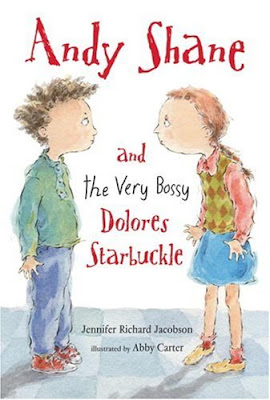

.jpg)

